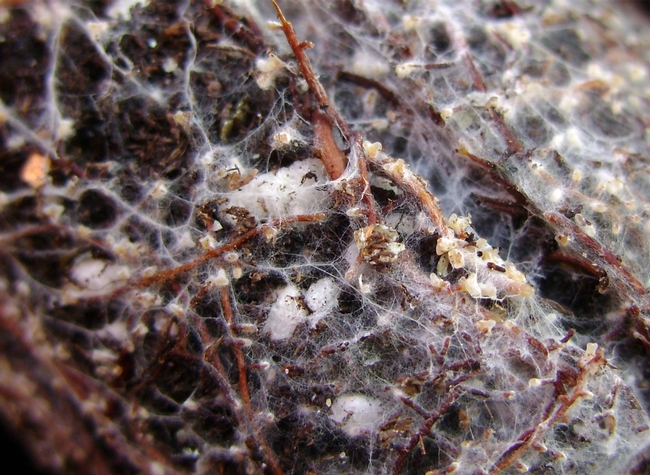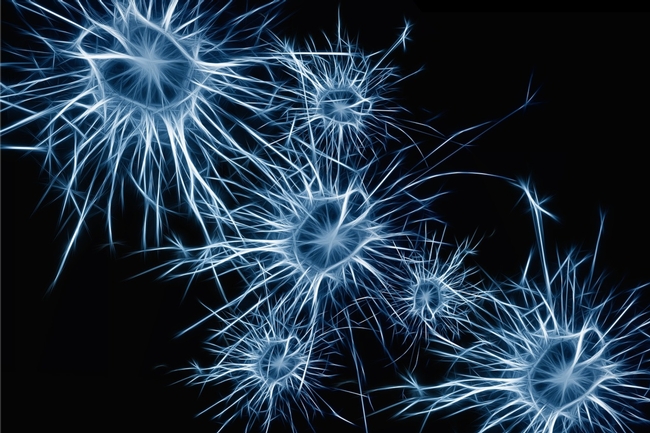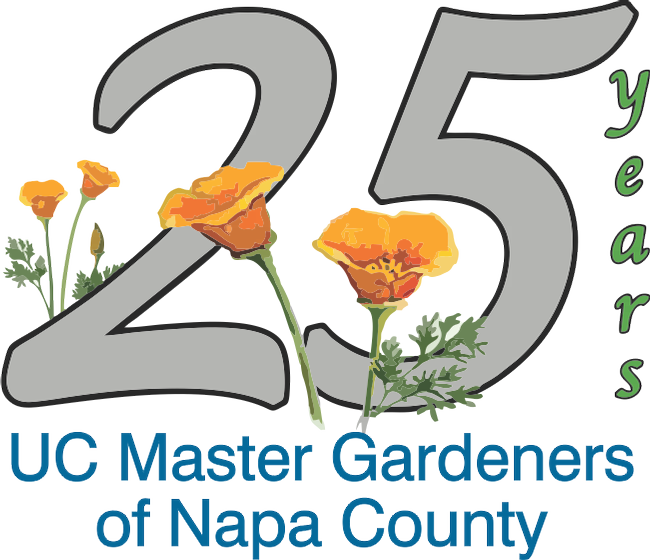I am inspired by the recent article, “The Zen of Gardening” by Edward S. Lopez in the latest issue of Spill the Beans. The author points out the positive value of gardening on our emotional well being. During my training to become a Master Gardener, I had to miss a day when the topic was about soil. I did makeup reading and video-watching and reported on the importance of soil – not just in gardening, but on our well-being and how much soil and brain ecosystems can be compared.
Soil needs major, minor and micronutrients. And, even when one carefully considers planting, the soil can, over time, become depleted. Testing soil pH level measures how acidic or basic it is, adjusting the pH can either bind or make nutrients more available to plants. pH is measured from 0-14. Under 7.0 means the soil is acidic and above means it's basic or alkaline. The middle (between 6.5 and 7.5) is neutral and what most plants prefer.
If you discover issues with your soil composition, compost may do the trick since it builds nutrients and organic matter. Compost can be made at home or purchased commercially. In the same way you're careful of what you consume, be sure to use a quality compost. The soil and the brain need quality nutrients to thrive.

To be sure to combine soil and compost at the optimal combination, replenish compost on a regular schedule. Here's another place to compare soil to the brain: The human cortex is the 6-layer, less than 5mm outer, “crust” of the human brain. Just like the brain, in which the cortex is the vital area that makes the person who they are, it's the topsoil that makes the garden what it is.
The brain and soil subsist in layers. Bacteria and actinomycetes live in the deepest layers of soil – similarly, the subcortex of the human brain consists of billions of microscopic neurons and cells. In soil, protozoa, nematodes, mites, springtails, rotifers and tardigrades live within the middle layers. In the brain, this would be equivalent to the deeper cortical structures – important to our emotional well-being and for the most part, the connectors between the deepest and outermost layers. In soil, the top-most layers contain insects, myriapods, spiders, diplurans, worms, snails and slugs.
Within a teaspoon of healthy soil, one can find 4-8 billion bacteria, 20 million actinomycetes, 1 million fungi, 200,000 algae, and 2,500 linear feet of fungal hyphae (transporters of nutrients). These species make up the soil food chain, such that the larger species are the predators to the smaller ones. Within the same size of the brain, there are about 100,000 million neurons. These too are a “food chain” of sorts. The larger of them “speak” louder than the smaller ones and contribute more loudly to functional processes, transcribing brain function to behavior.

Equate that to the brain: This hierarchy of patterns does not reflect the historical understanding of soil and brain health, in which deader and deader things were presented as you dug deeper into the soil or brain. In fact, one can age soil with carbon dating just because of the abundance of living matter within it. The nutrients within and added to the soil will first be taken up by the needy microbiome before being consumed by the plant. In the brain, the outer cortex similarly doesn't make the deeper and subcortical areas obsolete – it enforces their processes and feeds off of them, informing the person – in the same way the rhizosphere informs the plant.
Mycobacterium vaccae, which was first discovered in cow dung, is a bacterium that lives in the soil and can now be bought in supplement form as an antidepressant. A recent study (O'Brien, 2004)1 looked at injecting M. vaccae into the lungs of cancer patients. This study failed to show that the bacterium increased immune function, its original goal. But it serendipitously confirmed that the presence of the bacterium improved mood and feelings of well-being.
Soil aggregates are divided by size: single grain to massive structures and the bigger they are, usually they are deeper in the soil layers. They are connected by fungal glomalin, which are the “glue” of microenvironments and the plants that inhabit the area. They connect plants and will even support nutrient transfer from one to the other as needed. Another fine example of how soil compares to the brain – in that the brain has hubs of neurons that network and relay communication, while soil has pores that allow nutrients, biome, and water pass through. The brain's glia, or “glue cells” are the fungal glomalin that binds the neurons together.
The brain matures until about 28 years old. Then it starts to die off (sad but true). Soil forms over many years as well. CLORT, the acronym for climate, organisms, relief (parent material), and time, explains the process. Climate (temperature, rainfall or other source of water) supports organic matter, which is moved around because of the terrain (relief) slope, which then creates the parent material (underlying structural minerals, chemicals and other physical characteristics) over time. Without nutritional support, soil will die off and be less supporting of plant health. So will the brain. Without healthy support, many pathologies will manifest. Soil health is expressed by healthy plants. Like with the brain, without caring for the microbiome, the plants will exhibit dysregulation. Staying healthy is not only about us – it's about our environment. We are companion ecosystems and our collective lives depend upon it.
Note: Beside being a recent graduate of the UC Master Gardeners of Napa training class, Cynthia Kerson is a Psychophysiologist.
Master Gardeners are following recommended social distancing guidelines that keep everyone safe. Napa Master Gardeners are available to answer garden questions by email: mastergardeners@countyofnapa.org. or phone at 707-253-4143. Volunteers will get back to you after they research answers to your questions.
Visit our website: napamg.ucanr.edu to find answers to all of your horticultural questions.
Photo credits: Top, Pixabay; below, André-Ph. D. Picard / CC BY-SA (https://creativecommons.org/licenses/by-sa/3.0)
